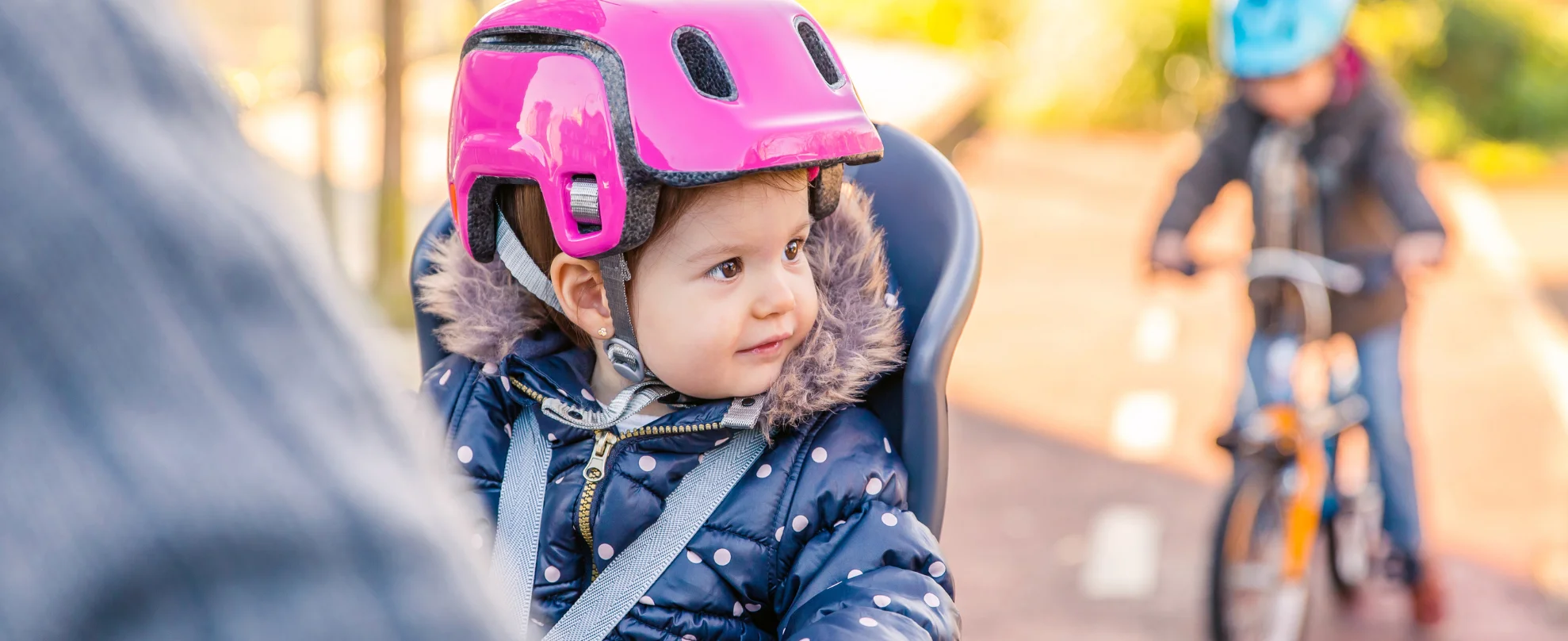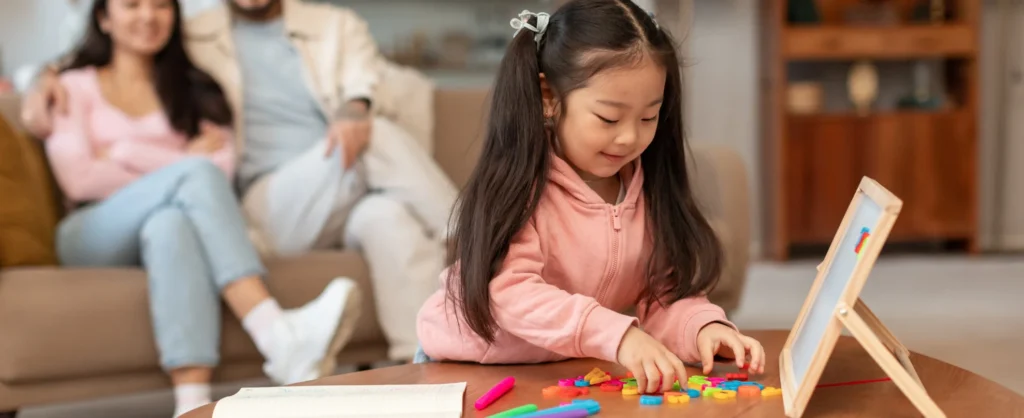
Introduction
Ensuring the safety of children is of the utmost importance. Preschool provides a secure environment where children may learn and play while developing their feelings of security. Developing healthy behaviors and self-assurance in the face of potential threats may be greatly facilitated by instilling safety concepts in children from an early age.
Preschool is a formative year for children since it is at this time that they begin to connect with others outside of their immediate family and learn about the world around them. Teaching children self-defence skills in a safe environment is critical, even if preschool is a welcoming and friendly place. When kids learn the basics of being safe from their parents and instructors, they’re more equipped to handle real-life hazards.
This comprehensive article will cover safety rules for preschoolers, which every preschooler should know.
General Safety Rules Kids for Preschool
-
Know your name, number and address
A child’s safety depends on knowing their own name, home location, and phone number. This information will be invaluable if kids ever get away from their caregivers.
Whenever they need help, kids may use this information to contact responsible adults or the emergency services. An excellent method for parents to teach their children this value is to repeat their contact information loudly while emphasizing its importance.
-
Do not eat anything given by a stranger
Implementing this legislation can reduce the likelihood of harm, such as food poisoning or contamination. Students should only allow those they trust, such as their teachers or parents, to provide snacks and meals.
-
Do not climb the fence
Preschools often use fencing as a security precaution. Climbing these obstacles carries the risk of injury and falls. One effective approach for adults to enforce this rule is to explain the purpose of the barrier and remind the kids to stay in their designated play areas.
-
Keep the doors locked and secure
Locking and fastening doors on a regular basis may help keep everyone at the preschool secure. Teachers and staff should make it a practice to check the doors regularly, and pupils should constantly remember the importance of locking them. Additionally, it is important to instruct children to inform an adult if they see any doors that are either open or not closed properly.
-
Good and bad touch
When kids understand the distinction between safe and harmful contact, they are better equipped to recognize and report inappropriate behavior. Caregivers and educators should utilize age-appropriate examples and terminology to help children learn that positive touches make them feel safe and comfortable and that unpleasant touches should be reported to an adult immediately.
-
Do not walk off the yard alone
If children remain inside the designated play area, they cannot wander off into potentially harmful areas. Promoting group play and closely watching children outdoors may help instructors and supervisors prevent them from going wild in the yard. Also, remember that if a child needs assistance getting out of the yard, they may ask an adult for it.
-
Playing or experimenting with fire is not allowed
Safety in the event of a fire should start early on as a part of safety tips for preschoolers. Having matches, lighters, or anything that might start a fire around youngsters is very risky. This guideline may be instilled in youngsters by parents and instructors who talk to their kids about the dangers of fire and how to get an adult’s aid in an emergency.
-
Never go anywhere with a stranger
Never take a youngster anyplace with an unknown person, no matter how kind or familiar they seem. Protecting children from harm or abduction is the main goal of this rule.
Teachers and caregivers may help children learn how to react to strangers via role-playing activities. By doing so, they can also emphasize the need to seek help from an adult they trust quickly.
-
If you get lost, stay where you are
It is crucial to educate children to stay put if they get lost so they may be reunited with their caregivers quickly and safely. Parents should make an arrangement to meet at a certain spot (such a security station or information booth) in case their children are separated. Keep children quiet until they are back with their caregivers, and encourage them to seek out an adult they trust for help if they need it.
-
Emergency numbers
Knowing how to call 100 or the local equivalent is an important skill for anybody responsible for children’s protection. In the case of an emergency, these numbers may be learned by young people from their parents or instructors and used if necessary. Calling emergency numbers and acting out different scenarios is a great approach to practice and reinforce this important safety rule.
Conclusion
Learning to be safe is an essential aspect of any child’s development, but it is especially crucial for preschoolers. By teaching children these ten safety precautions for preschoolers parents and teachers may assist them in being more self-aware, critical thinkers, and emergency-prepared. Through positive reinforcement and frequent teaching, children may learn to be safe at home and in the classroom.
FAQs for Safety Precautions for Preschoolers
1. Why is it important to teach safety rules to children?
Teaching children safety basics is an important first step in protecting their well-being. It helps them recognize danger, make well-informed decisions, and respond effectively in emergency situations.
2. At what age should I teach safety rules to my child?
Safety education may begin as early as infancy and should continue throughout a child’s formative years. It is vital to introduce children to basic safety concepts and age-appropriate regulations.
3. How do you teach preschoolers about safety?
Communicate safety concepts in an age-appropriate way, include interactive activities in your lessons, and consistently reinforce safety principles at home and at preschool.
4. What is safety for children at school?
Ensuring the physical and emotional well-being of students, together with safeguarding them from harmful behaviours such as bullying, is an essential aspect of school safety. It comprises creating a safe environment, instructing children in self-defense, and ensuring they are in a supportive learning and growth environment.


